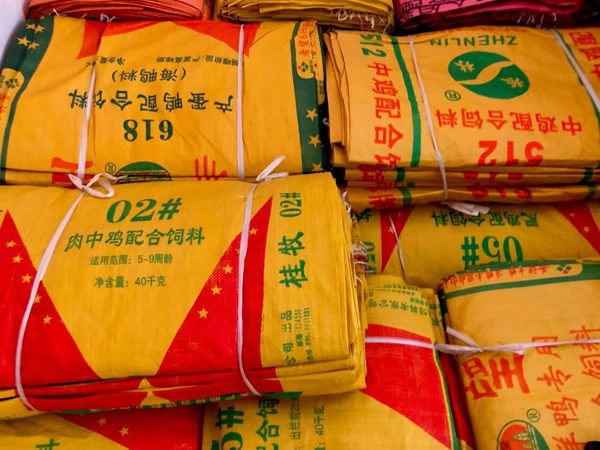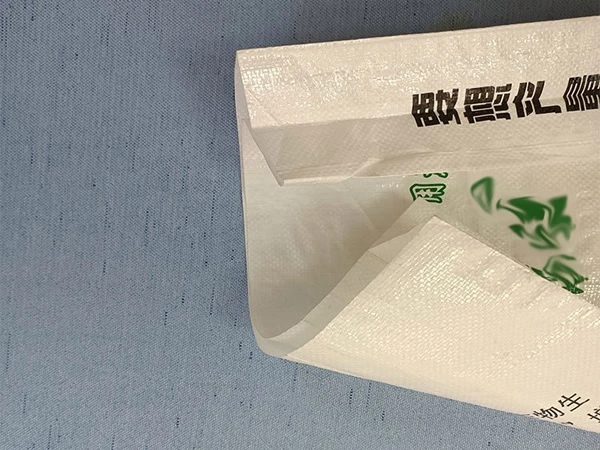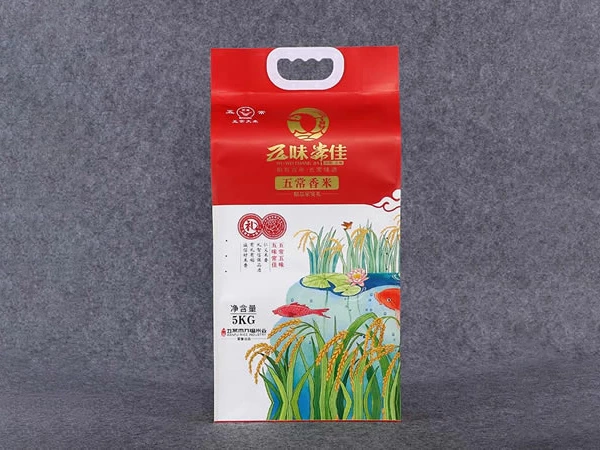Moisture-Proof Rice Woven Bags: Securing Quality from Field to Table
Rice is one of the world’s most important staple foods, feeding billions of people every day. From Asia to Africa and Latin America, its consumption is steadily increasing as populations grow and dietary habits evolve. However, the preservation and safe transportation of rice have long posed challenges. Moisture absorption, mold growth, and loss of nutritional value during storage are issues that have troubled farmers, distributors, and retailers alike. In response, Moisture-Proof Rice Woven Bags are emerging as a reliable solution, ensuring that rice reaches consumers in the best possible condition.
Tackling the Moisture Challenge
Unlike many other grains, rice is highly sensitive to humidity. In regions with seasonal rains or tropical climates, exposure to moisture can quickly compromise rice quality. Mold not only affects flavor and appearance but also poses potential health risks. Traditional packaging materials such as paper sacks or ordinary plastic bags often fail to provide sufficient protection against moisture penetration.
Moisture-proof woven bags, typically made from high-quality polypropylene with a laminated film layer, provide a strong defense. The woven structure offers durability, while the laminated coating acts as a barrier against water vapor. This dual-layer protection significantly extends the shelf life of rice, maintaining its freshness and nutritional integrity from storage to distribution.
Durability and Practicality
Beyond moisture resistance, rice woven bags are designed to withstand the rigors of handling, stacking, and long-distance shipping. The wear-resistant woven structure minimizes the risk of tearing, while their strength allows them to hold large quantities—ranging from 5 kilograms for retail markets to 50 kilograms for bulk distribution.
In addition, the bags are lightweight and cost-effective, making them practical for both producers and retailers. Many designs now incorporate features such as anti-slip coatings, easy-to-carry handles, and resealable closures, adding further convenience for end users.
Meeting Market Demands
The global demand for rice packaging is expanding, with Asia-Pacific remaining the largest consumer base. Reports indicate that the adoption of moisture-proof woven bags is particularly strong in Southeast Asia and South Asia, where climate challenges necessitate robust packaging solutions. In Africa, rising rice imports are also driving greater reliance on these bags to ensure quality preservation during ocean shipping and inland distribution.
From an economic perspective, moisture-proof woven bags reduce losses caused by spoilage, thereby supporting food security and lowering costs for both suppliers and consumers. For governments and NGOs engaged in large-scale rice distribution programs, such as food aid, reliable packaging plays a critical role in safeguarding supplies.
Sustainability and Innovation
While functionality is crucial, sustainability has become a major theme in packaging innovation. Manufacturers are now introducing recyclable and reusable woven bags, with some experimenting with biodegradable materials to further reduce environmental impact. By extending the usable life of packaging and lowering waste, moisture-proof woven bags are aligning with global calls for greener practices in agriculture and logistics.
Design innovation is also reshaping the market. Many brands are customizing woven bags with vibrant printing, enabling clear product identification and appealing retail presentation. With digital printing technology, it is now possible to combine moisture-proof protection with high-resolution graphics, enhancing both marketing value and consumer trust.
Industry Voices
A packaging expert from a leading rice exporter noted: “The introduction of moisture-proof woven bags has revolutionized the way we handle and distribute rice. Not only does it protect the product against environmental risks, but it also provides branding opportunities for suppliers.”
Similarly, consumer surveys reveal that buyers are increasingly aware of packaging quality. For many, the appearance and durability of rice bags influence purchasing decisions, reflecting the growing importance of packaging as a value-added component of food products.
Future Outlook
Analysts forecast that the market for moisture-proof rice woven bags will continue to expand steadily over the next decade, driven by rising rice consumption, the globalization of supply chains, and ongoing innovation in materials. With governments and organizations emphasizing food safety, packaging standards are expected to become more stringent, further boosting demand for advanced woven bag solutions.
From the farmer’s warehouse to the consumer’s kitchen, moisture-proof rice woven bags are playing a vital role in safeguarding one of the world’s most essential foods. By combining durability, functionality, and sustainability, they represent not just a packaging material but a critical link in ensuring food quality and security worldwide.
Core Requirements for Rice Packaging
Rice is prone to moisture and mold. High-quality moisture-proof packaging is key to maintaining rice quality. Woven bags need excellent sealing and breathability to prevent moisture ingress.
Selection of Efficient Moisture-Proof Materials
Multi-layer composite materials and moisture-proof coatings form an effective barrier, blocking moisture and impurities, keeping rice dry and fresh.
Scientific Structural Design
The bag’s structure is carefully designed to ensure packaging strength while maintaining good breathability, preventing mold and unpleasant odors caused by improper sealing.
Customized Printing to Enhance Brand Image
Supports diversified printing and designs to meet market demands for packaging that balances aesthetics and functionality. Clear brand logos boost market competitiveness.
Environmental Concepts Integrated into Packaging
Using recyclable materials reduces environmental impact, responding to green consumer trends and promoting sustainable development of the rice industry chain.



